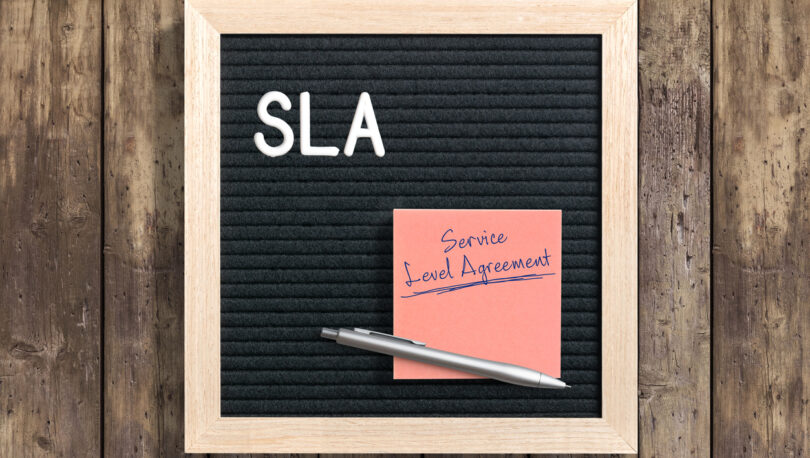Our enterprise clients often ask how much weight to put on IT service level agreements when sourcing a new supplier or service. This is never an easy question to answer and largely depends on how business-critical the service is, or the goal of the SLA in question. Enterprise IT ecosystems are vast and the criticality of one IT vendor versus the next varies – a network provider or wireless carrier may carry more weight than a MarTech software vendor.
The recent outage at Fastly serves nicely for this discussion. A web acceleration supplier, Fastly had an outage on June 8th that negatively impacted multiple websites (Amazon, Reddit, Spotify, eBay among others) and brought down the websites of several news agencies (BBC, CNN, New York Times) as well as the government website GOV.UK.
The root cause was quickly identified and service was restored within several hours – but the outage itself certainly triggered SLA violations and resulted in customer credits. Fastly’s published SLAs for Gold or Enterprise support indicate that a period of “Degraded Performance” lasting longer than 43.8 minutes but less than 7.2 hours results in a credit equal to 10 percent of the monthly cost of service. One of these large customers could be spending $500,000 a month for the service and thus get a service credit equal to $50,000.
But how does that compare to the cost of the outage? In instances like this, do IT service level agreements really deliver meaningful compensation?
A Forensic View into the Value of IT Service Level Agreements
It’s nearly impossible to accurately quantify the cost of an outage (particularly for major telecom and network outages), but there are ways to get a sense of scale. The New York Times averages over 350 million page views per day with 80 percent of that traffic coming from the U.S. Just averaging this over an 18-hour day translates to about 20 million page views per hour. So, in the four or five hours of “degraded” service provided by Fastly, the publisher missed out on nearly 100 million page views.
If the NYT has two ads on each webpage, then they lost out on 200 million impressions. At a cost of $3 per 1,000 impressions, then the outlet missed out on $600,000 in ad revenue. These are very rough calculations, but they demonstrate material revenue loss for which only a fraction was repaid in service credits.
How much should this type of calculation influence the negotiation of IT service level agreements when making a purchase? It is commonly known that an enterprise customer will never recover the cost of an outage through service credits – which makes determining the right amount of weighting challenging at best.
The reality is that there is no single right answer or best practice. The general concept is that SLA penalties should be painful enough that the supplier invests adequately to avoid paying them. As of the end of 2020, Fastly had 324 enterprise customers generating average annual revenue of $782,000, or an average of $65,000 per month. With a 10 percent Service Credit per customer, this puts the total credits Fastly paid for the outage at $2.1 million.
This may be expensive enough for Fastly to make an effort to determine and remediate root cause so that it does not happen again, but it is probably not enough to dramatically change the company’s business model. What if the penalty for an outage up to 7.2 hours was 100 percent credit of the monthly cost? That’s a different story. This effectively would have cost Fastly eight percent of their annual profit. This still would not adequately compensate customers for lost revenues, but it is enough to get the attention of investors and more likely to cause sweeping improvements.
Pragmatic Negotiation Advice for IT Service Level Agreements
Full compensation for service level breaches is near impossible – and there are many more performance metrics at stake than revenue (e.g. time and resources, brand reputation, security implications). But there are some things customers can do to be more adequately compensated and to pave a clearer path to recourse.
One thing NPI recommends is escalating the cost of a repeat offense. In other words, if the service credit is a full month fee on the first occurrence, then it may double if it happens a second time within a quarter or three times in a year.
Also, the more critical the service is to a client’s own revenue, the more significant the SLA needs to be. One mechanism to support this is to make sure there is an appropriately fast escalation path to the point of contract breach and that threshold is firmly established.
If you have questions about how to better negotiate IT service level agreements, NPI can help.
RELATED CONTENT
